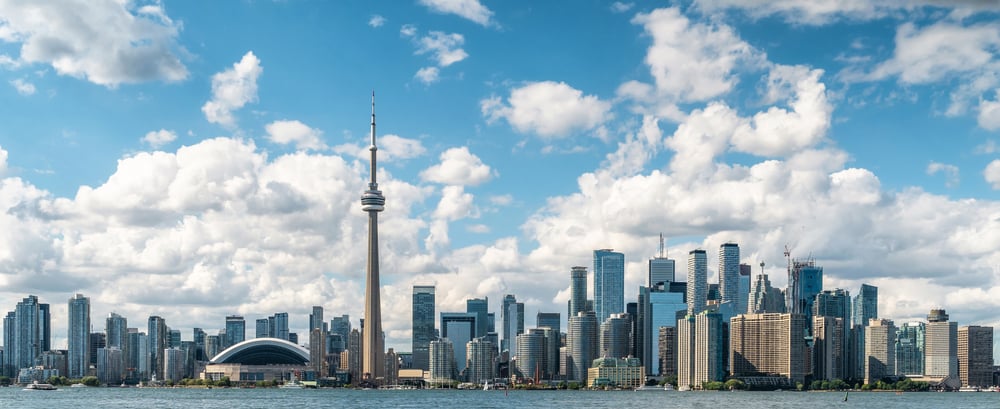Immigrants have been paving the way in Toronto, and they currently make up roughly half of the total population! Toronto, which is situated in Ontario Province, Canada’s most popular destination for new immigrants, is one of the most welcoming Canadian cities for immigrants.
What The Numbers Say About Immigrants Living In Toronto
Given that Toronto is one of the most popular destinations for new immigrants, the immigrant population is anticipated to surpass 50% of the overall population shortly.
Based on Statistics Canada’s 2021 Census, Toronto, Canada’s biggest city, observed a considerable presence of non-Canadian residents, making up 17.3% of its population. Citizenship in Toronto fell from 85.3% in 2016 to 82.7% in 2021, mirroring a national trend in which citizenship fell from 94.2% in 2016 to 91.2% in 2021.

Toronto is Canada’s most popular destination for immigrants, with the highest number of new immigrants. Since 2001, immigration to Toronto has increased, growing from slightly over 123,000 in 2001 to nearly 160,000 in 2021.
The city’s immigrant populace is most prevalent in its metropolitan core, accounting for 46.6% of the Greater Toronto Area’s population. Immigrants account for over half of the population in various municipalities in this area, including Markham (58.6%), Richmond Hill (58.2%), Mississauga (53.2%), and Brampton (52.9%).
Despite accounting for 7.6% of the total population of Canada, Toronto is home to 15.7% of the country’s non-permanent inhabitants, a decline from 18.5% in 2016. Toronto retains its importance as a leading destination for immigrants, with one in every seven international migrants to Canada settling in the metropolis.
Reasons Why Toronto Is Such A Popular Destination For Immigrants
Cities have traditionally been a popular location for new immigrants when it comes to immigration. Toronto, Vancouver, and Montreal are the most popular locations for incoming Canadian immigrants. Cities provide a variety of economic options, a variety of newcomer and settlement services, as well as numerous cultural groups where newcomers can live in neighborhoods with people from the cultures they come from.






